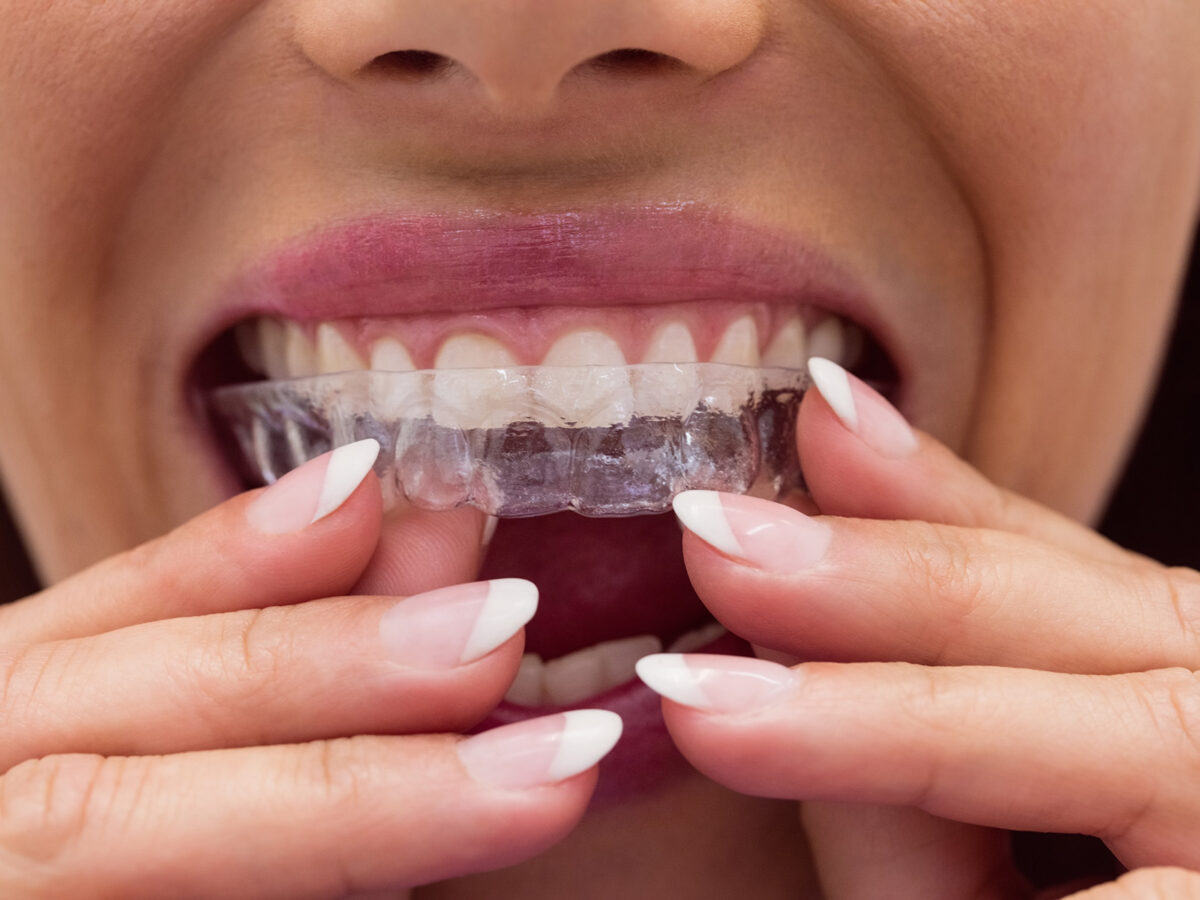Blog
Dental hygiene tips for healthy teeth & gums

What Should I Do If My Invisalign Aligner Doesn’t Fit?
The initial fit of Invisalign aligners may not always be optimal, but as you progress through your treatment, they will gradually become more comfortable. However, there are situations where ill-fitting aligners can cause concern. Here are a few factors that can lead to improper fit:
When you start using a fresh set of teeth-aligning devices, it indicates progress in your treatment process. Failing to wear your teeth-straightening device for at least 22 hours per day can hinder your teeth’ movement, resulting in misalignment with the aligners as you transition to new sets. If your teeth-aligning device has been damaged or deformed, it may no longer fit properly and require attention.
How Can I Resolve the Issue of Poorly Fitting Aligners?
To address ill-fitting aligners, follow these steps for optimal fit:
- Gently position the device onto your frontal teeth, ensuring a firm fit, and exert pressure on the back teeth until they lock in position.
- Use your thumbs to press along the entire surface of the aligners to ensure it has been sealed securely.
- A gap may need attention if an aligner doesn’t fit properly over a tooth.
Enhance Aligner Fit and Placement with Invisalign Chewies:
An effective technique involves utilizing Invisalign chewies to optimize the fit of your Invisalign. These compact cylinders serve as valuable aids in familiarizing yourself with the trays. By biting on these chewies for a brief duration, the applied pressure assists in aligning the trays accurately onto your teeth.
Typically provided by your dentist, these chewies resemble cotton rolls crafted from a soft, chewable material. After reinserting your Invisalign or teeth-aligning device, chew on these chewies for approximately 3-5 minutes. Biting down prompts the device to exert pressure on your teeth, even in cases where a tight fit is encountered.
Chewies prove particularly advantageous when transitioning to a new set of teeth-straightening devices. If you encounter difficulty fitting your fresh trays snugly onto your teeth, employing Invisalign Chewies can effectively resolve the issue. Consequently, this ensures proper alignment. A desirable outcome is achieved after the designated chewing time, characterized by a seamless and gap-free connection between your aligners and teeth.
Ensure Optimal Treatment Progress by Wearing Your Aligners for 20 Hours Daily:
To maintain a successful treatment trajectory, it is crucial to adhere to the recommended minimum of 20 hours per day for wearing your aligners. Deviating from this duration will hamper your treatment progress, as insufficient time will be allocated for each set of the device to shift your teeth. Consequently, you may need help with the fit of subsequent sets.
While 20 hours is the absolute minimum requirement, wearing your aligners for 22 hours or more is advisable. Remove them solely during meals, beverage consumption, and oral hygiene routines for brushing and flossing. Falling within the 20-22 hour timeframe may compromise the alignment and fit of your teeth-straightening device.
Exploring the Option of “Backtracking” to Previous Aligners:
If your teeth do not comfortably fit within your new set of Invisalign trays, contact your dentist regarding the possibility of “backtracking” to your previous teeth-straightening device. Wearing an initial set of aligners for an additional week or two could prompt the desired movement of your teeth and help you regain progress in your treatment. Nevertheless, consulting with your dentist before considering this action is crucial.
Collaborate With Your Dentist to Modify Your Treatment:
If your attempts with chewies, correct aligner usage, or reverting to a previous set of teeth-straightening devices prove ineffective, you might need to collaborate with your dentist to modify your Invisalign treatment plan. By doing so, you can acquire a fresh set of aligners.
There is a chance that your initial treatment plan was not flawless or that your teeth are undergoing slower movement than expected. Your dentist has the expertise to evaluate the alignment of your teeth, provide you with a new teeth-straightening device, and ensure that your treatment progresses as intended.
Resolving Alignment Issues- A Concluding Note:
When Invisalign aligners do not fit correctly, several remedies can be pursued either at home or with guidance from your orthodontist. Maintaining an optimistic mindset and diligently adhering to all instructions for optimal results is crucial.
